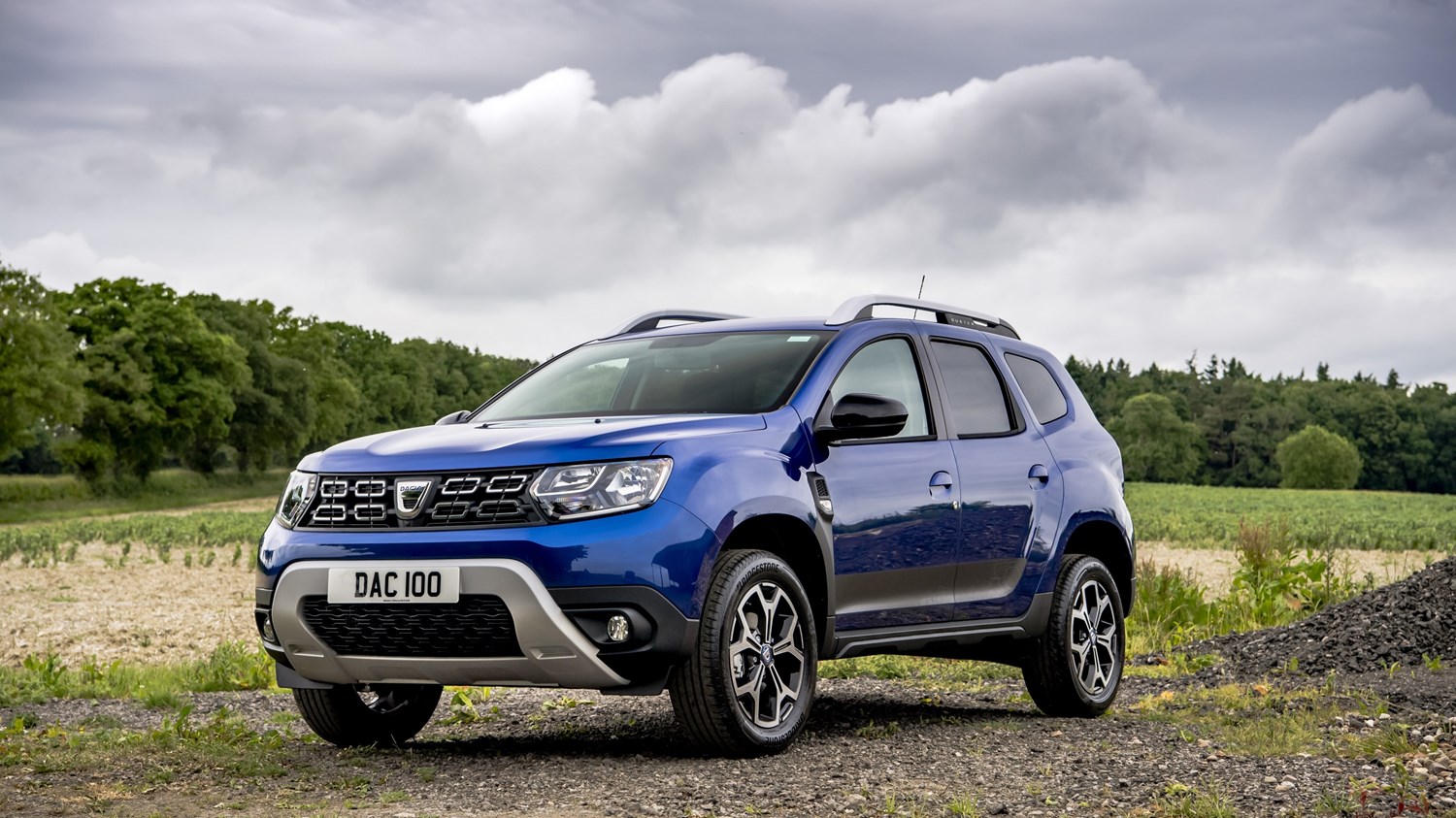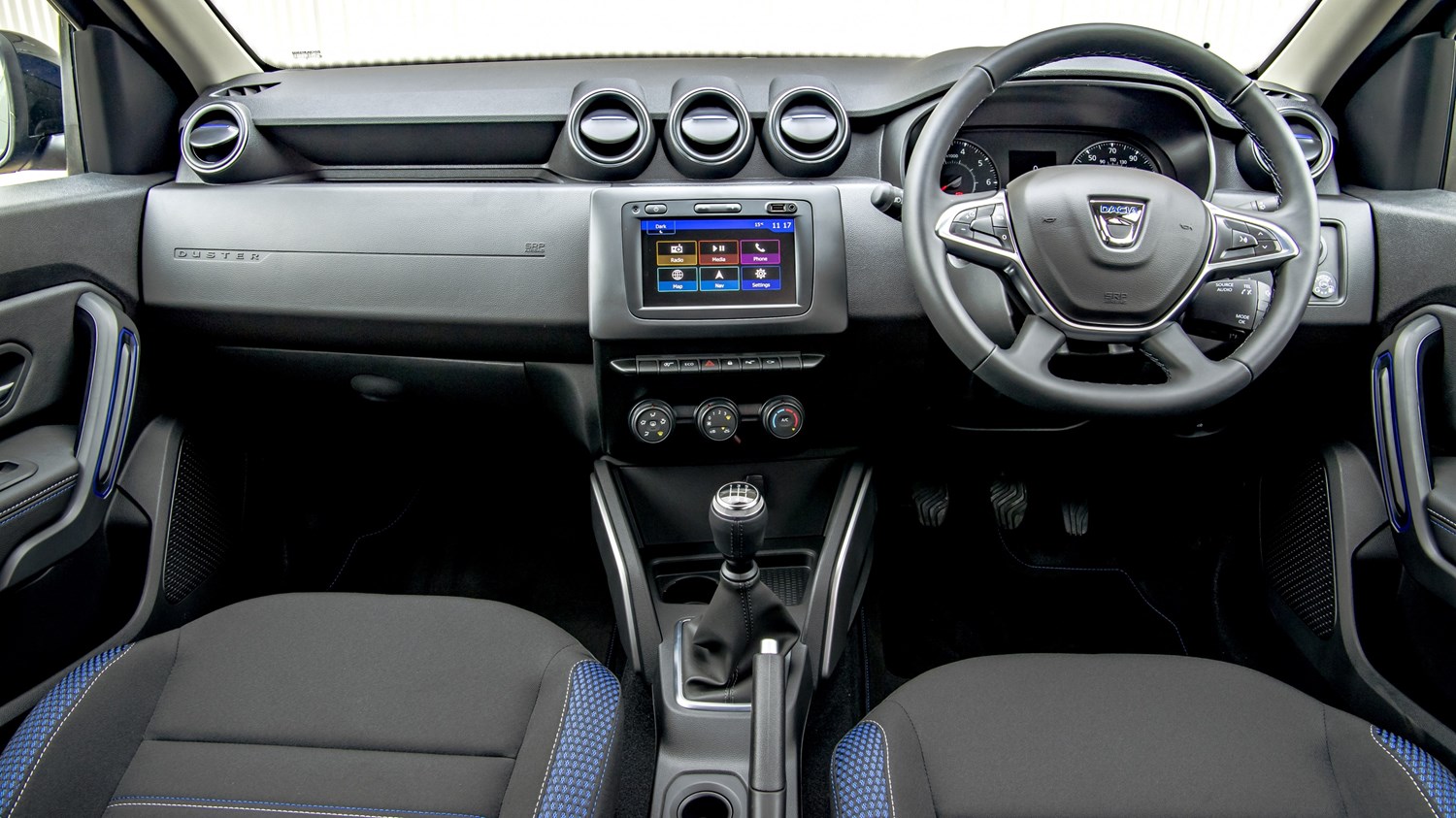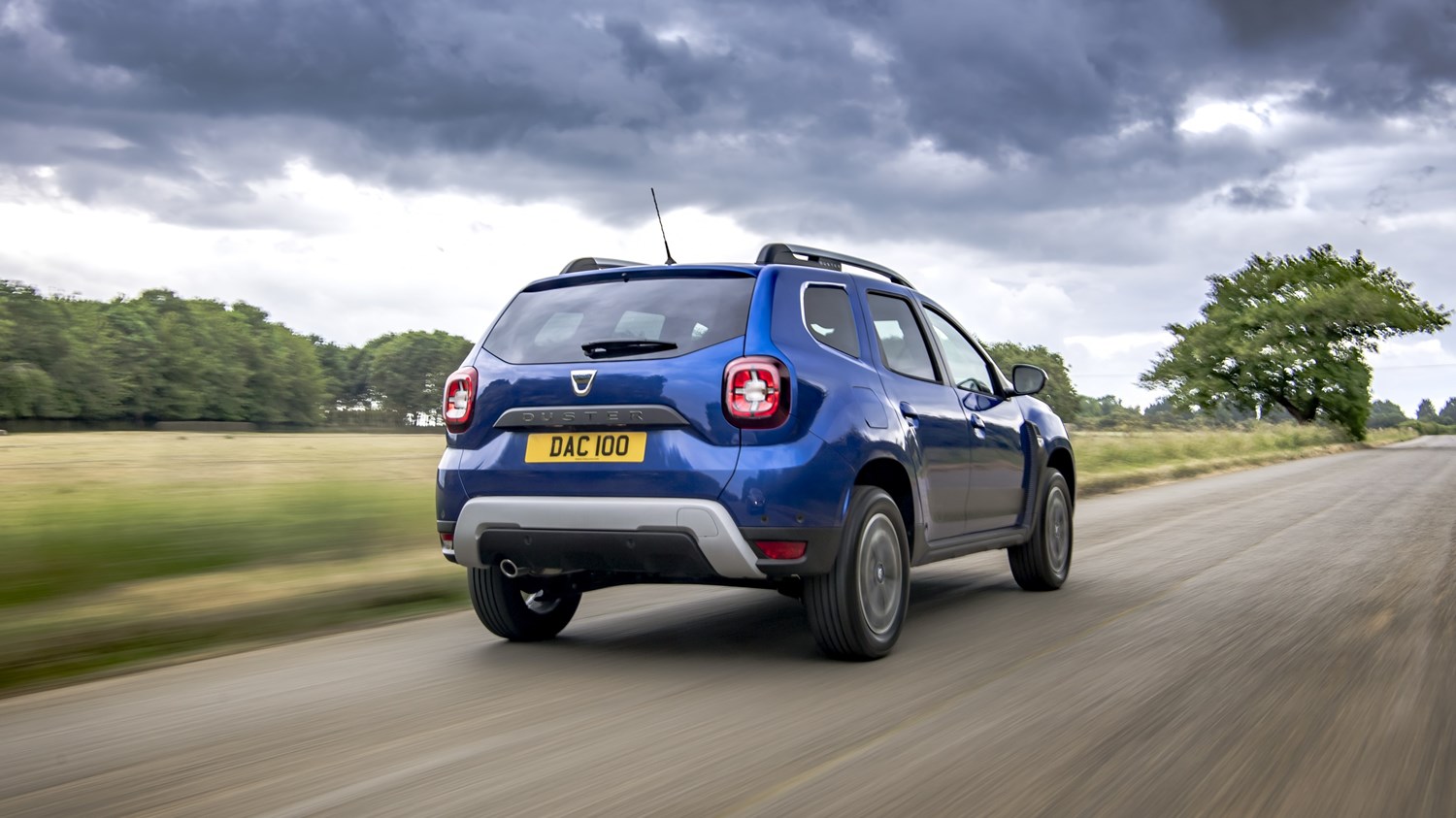Model Review
It might have one of the silliest names on the market, but the Dacia Duster is not a car to be sniffed at.
Indeed, with its competitive pricing, it’s little wonder that this budget SUV has cleaned up on the awards front - it has over 50 titles to its name, and continues to add to them on an annual basis, such is its affordable appeal.
Despite being available in continental Europe for some time, Dacia didn’t arrive in the UK until 2012, when it came out fighting as a new budget brand to fill the gap in the market vacated by the increasingly upmarket offerings from the likes of Skoda, Hyundai and Kia.
There are no other brands currently occupying the bargain basement, which has given Dacia a clean run. But while you might expect a cheap-as-chips SUV to be a fairly nasty car, the Duster manages to surprise. It’s built to a price, of course, but owning one certainly doesn’t feel like a compromise.
By using older technology, parent company Renault has managed to make the Duster affordable while at the same time being well equipped and reasonably well made. Owners love them, which has seen the company go from strength-to-strength, and the Duster has been a big part of this.
Latest model
The Duster had its first real refresh in 2018, after five years of strong UK sales. The original Duster’s simple styling has been beefed up for the second generation, with chunky black plastic side cladding, new alloy wheel designs and distinctive new taillights, which look similar to those fitted to the Jeep Renegade.
LED daytime running lights are now standard, the interior trim and infotainment have been improved and there’s a new electric power steering system, with improved feedback.
Dacia has also given the engine line-up a rejig – introducing new turbocharged petrol engines from Renault, notably the affordable TCe unit, which is the entry-level option. New Techroad and SE Twenty special edition models have also joined the range.
The most recent update came in 2020 when Dacia became the only firm in the UK to offer a factory-fitted ‘Bi-Fuel’ option, which means the Duster can run on both petrol and LPG, with no major change in performance. With LPG being more affordable than petrol, these models help to reduce running costs.
Value for money
Dacia’s trump card has always been its incredible value for money, and that trend continues with the latest generation of Duster. While the Duster cost just £8,995 when it first arrived, prices have unsurprisingly increased over the years. However, even today, a new Duster will cost you just £11,745. For that, you get the no bells and whistles Access model, which comes with steel wheels and doesn’t even get a radio. It’s very sparse indeed, but is refreshingly simple and no-nonsense. Great value is offered across the range, with even top-spec 4x4 models only tipping the scales at just over £20,000.
If you’re looking for a used Duster, prices start from as little as £3,500 for a high-mileage model from 2013, and expect to pay around £4,500 for a higher-spec version with fewer miles. New-shape Dusters hold their value better, and can be picked up from around £9,500, or expect to save a couple of thousand pounds by going down the nearly-new route.
Looks and image
Admittedly, the Dacia Duster is hardly a status symbol, but there’s a lot to admire about its straightforward honesty. In terms of image, it points to you being a pragmatic, forward-thinking and cost-conscious motorist rather than one who buys a cheap car out of desperation.
There’s a certain anti-cool element to the Duster – it’s interesting because it’s cheap, rather than uncool, which gives it a stronger image than you’d expect - something that is reflected in surprisingly decent residual values.
It looks pretty funky, too, especially after its 2018 revisions. The cross-shaped rear lights are almost a carbon copy of those on the funky Jeep Renegade, while the chunky yet bulbous styling is smart and well-proportioned. If the Duster had a more upmarket badge on its behind, it wouldn’t look like a budget car at all.
Fit and finish is okay rather than fantastic - cheap plastics are the order of the day, but what more would you expect from a car at this price level? The finish is hard and shiny, but the major controls all feel durable and well-made as opposed to cheap and flimsy. The fabric seats are a bit scratchy, but again they’re built to be durable rather than super-plush. Overall, they do a good job and carry wear well.
If you’ve owned a Renault at some point in the last decade or so, quite a few of the dashboard components will be instantly familiar - the air vents are the same as those on the old Clio, for example, while the steering wheel and column stalks will also bring a sense of déjà vu.
The latest Duster also gets a seven-inch infotainment screen, which is easy and intuitive to use, and also comes with smartphone mirroring and satellite navigation.
Space and practicality
The Duster might lack the versatile and practical touches of pricier rivals, but what it offers is crucially plenty of space. It’s quite big in terms of dimensions for its size – almost the same as the Nissan Qashqai – and gains plenty of rear seat space.
The boot is also a good size, offering 445 litres of room for most versions, and reducing to 411 litres if four-wheel-drive selected. It certainly offers more room than family hatchbacks like the Ford Focus. LPG models also suffer no practicality loss, though because the gas tank is fitted in the space where a spare wheel would usually be, there isn’t an option for this.
However, an area where the Duster falls short is safety, with Euro NCAP awarding the model a disappointing three-star rating. While it should prove a safe car, it misses out on the modern driver assistance tech expected, including the likes of autonomous emergency braking and lane keep assist.
Engines
Dacia has chopped and changed the Duster range throughout, though it remains available with a good choice of options – including petrol, diesel and LPG.
Let’s start with the petrol options, with a turbocharged 1.0-litre engine kicking off the range. Badged TCe 100, it produces 99bhp, and is the engine available with either conventional petrol or the new LPG Bi-Fuel option. With the latter, you get the same size petrol tank, but also a 34-litre LPG gas tank, which combined offers a range of 620 miles. There’s a button that allows you to change between LPG and petrol, but it’s not noticeable when you make the switch. All TCe 100 models come with a five-speed manual, though the Bi-Fuel’s extra weight does make it slower.
The other petrol options are the TCe 130 and TCe 150. Both use a six-speed manual and produce 128bhp and 148bhp – the latter being the quickest Duster on offer with its 0-60mph time of 9.5 seconds.
As for diesels, there is a 113bhp 1.5-litre unit available, which you can also choose with four-wheel-drive – this being the only ‘4x4’ model available.
Running costs
If you’re looking to keep an eye on running costs, it’s worth considering the Bi-Fuel option. It adds just £400 to the price of the Duster, but Dacia claims you could save £600 a year on petrol costs – LPG being a much cheaper fuel. When running on LPG, it also emits less CO2, too.
The petrol models are not especially efficient, though – returning around 40mpg – so if you’re doing a lot of miles you should consider the diesel, which Dacia claims returns 57.1mpg, with CO2 emissions of 128g/km. Choosing the 4x4 will make it more expensive to run.
Things to look for
Earlier Dusters were prone to corrosion, which led to Dacia recalling some of the very first examples to treat them for rust under warranty. The problem appears to have been rectified, though sometimes they do still tend to rust on the tailgates. Mechanically, be wary of smoky diesel models, which could point to imminent turbo failure.
Rivals
There’s only one SUV that comes close on price to the Duster, and that’s the new Suzuki Jimny, which is dinky by comparison. Otherwise, it competes against smaller crossover models such as the MG HS, Fiat 500X, Renault Captur and Nissan Juke. It beats them all for specification, space and value for money.
Depreciation
The low purchase price - combined with the Duster’s almost cultish appeal - means it retains its value really well, especially at the lower end of the market, where the Essential model is in particularly high demand. So you get a cheap car to start with, and you don’t lose a huge amount of money on it whilst you own it - that’s good news all round!




